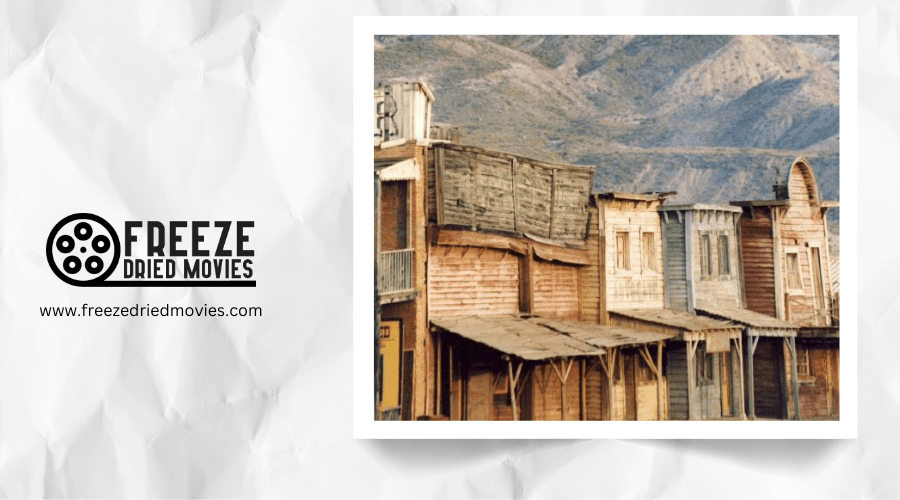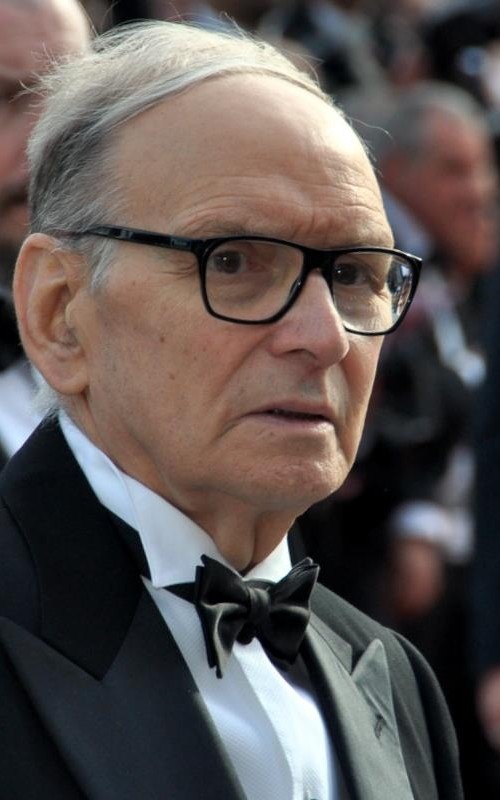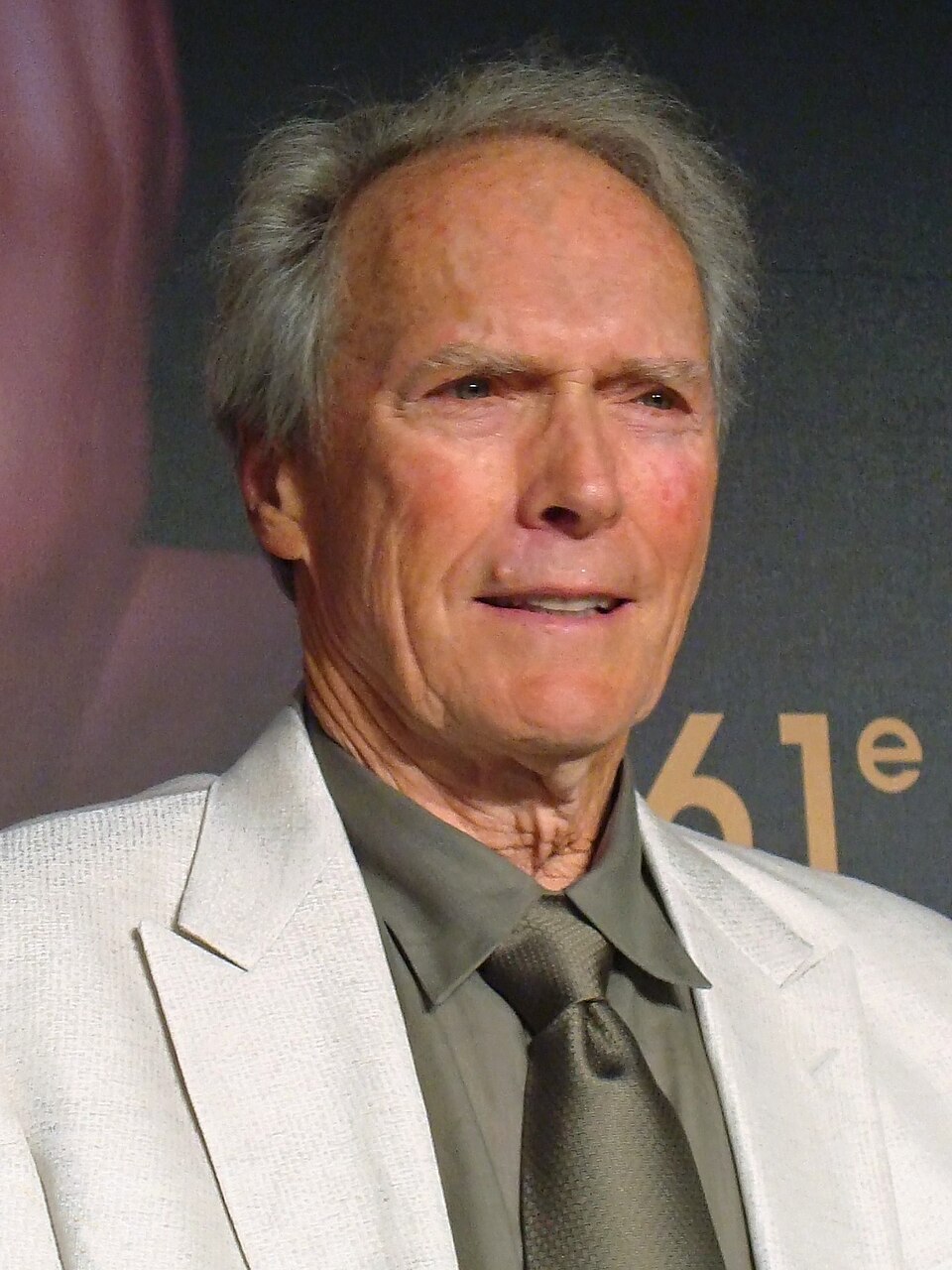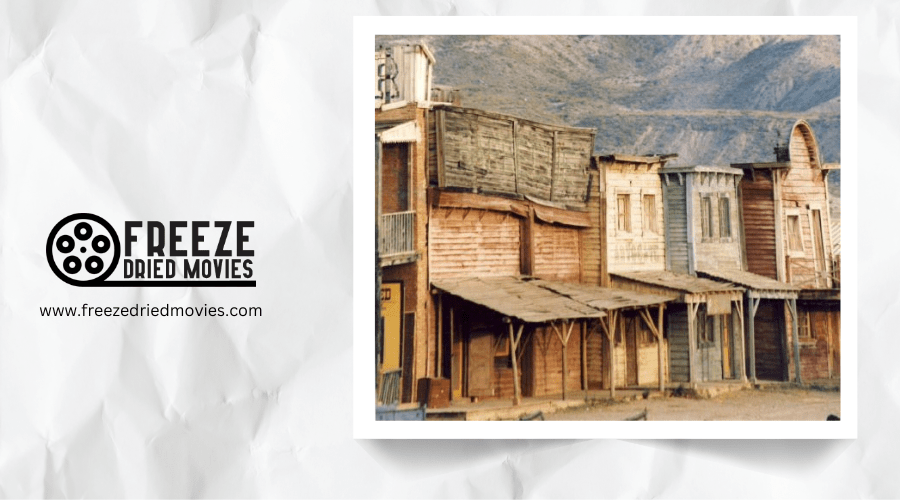The Good, The Bad and The Ugly: An Award-Winning Legacy

When you think of cinematic masterpieces that transformed their genres, "The Good, The Bad and The Ugly" stands at the forefront. You've likely heard its unmistakable whistle theme or seen Clint Eastwood's squinting gunslinger image referenced countless times in pop culture. Yet behind this film's iconic status lies a fascinating journey from mixed critical reception to its eventual recognition as one of cinema's greatest achievements. What turned this Spaghetti Western from an outsider's artistic gamble into an award-winning cultural touchstone?
The Good, The Bad and The Ugly: An Award-Winning Legacy

This spaghetti Western revolutionized cinema through Leone's bold direction and Ennio Morricone's haunting score. Clint Eastwood's stoic portrayal of "The Good" alongside Lee Van Cleef's menacing villain and Eli Wallach's unpredictable "Ugly" created an unforgettable trio.
Despite initial critical dismissal, the film overcame production challenges and language barriers to cement its place as one of the greatest Westerns ever made. Its lasting legacy appears in countless homages, parodies, and stylistic inspirations. You're witnessing more than a film—you're experiencing cultural history that continues to resonate decades later.
The film's success elevated Eastwood from a television actor to a global phenomenon, establishing his Dollars Trilogy archetype that would influence countless cinematic characters for generations to come.
The Film That Defined Spaghetti Westerns

While many films have shaped cinema history, "The Good, the Bad and the Ugly" stands alone as the quintessential spaghetti western that transformed the genre forever.
Sergio Leone's masterful direction created a revolutionary vision set against the American Civil War backdrop. You'll notice how the film's stylized action, graphic violence, and dark humor distinguished it from conventional Hollywood westerns of the era.
The unforgettable archetypes portrayed by Clint Eastwood, Lee Van Cleef, and Eli Wallach became the standard against which all spaghetti western characters are measured. Ennio Morricone's iconic score further elevated the film, creating a soundtrack that remains instantly recognizable decades later.
The film's influence reaches far beyond its genre, inspiring countless filmmakers who continue to pay homage to Leone's groundbreaking style and vision. This European reimagining of the Western stands in stark contrast to John Wayne's rugged individualism in traditional American frontier narratives.
Critical Reception: From Mixed Reviews to Masterpiece Status
Despite its monumental impact on cinema, "The Good, the Bad and the Ugly" faced a rocky road to recognition. When Sergio Leone's Western debuted in 1966, critics met it with mixed reviews, dismissing it as just another spaghetti Western.
Time, however, proved its detractors wrong. The film gradually earned critical acclaim, eventually achieving status as a masterpiece and one of the most influential Westerns ever made.
This evolution in reception has been accompanied by prestigious accolades, including Saturn Award nominations, Satellite Awards, and recognition from the International Film Music Critics Award.
The Online Film & Television Association has particularly championed "The Good, The Bad and The Ugly," bestowing 2 awards and 5 nominations. The film never received recognition from the prestigious Palme d'Or competition, yet still managed to cement its legacy in cinema history. You're witnessing a rare cinematic journey—from divisive release to universally celebrated classic.
Ennio Morricone's Iconic Musical Score

How does a film transcend mere imagery to become immortalized in cultural consciousness? For Sergio Leone's masterpiece, "The Good, the Bad and the Ugly," the answer lies in Ennio Morricone's revolutionary film score.
The iconic soundtrack achieves its legendary status through:
- Instant recognition - The main theme has become one of cinema's most identifiable musical signatures
- Cultural permanence - Inducted into the Grammy Hall of Fame in 2009
- Psychological impact - The score doesn't merely accompany visuals but enhances the film's emotional resonance
- Enduring influence - Decades later, Quentin Tarantino sought the 87-year-old maestro to compose for "The Hateful Eight"
You're experiencing more than music when you hear Morricone's work - you're witnessing the perfect marriage of sound and cinema.
Industry Recognition and Prestigious Accolades
Seven decades after its release, "The Good, the Bad and the Ugly" continues to garner acclaim beyond its box office success. Sergio Leone's masterpiece featuring Clint Eastwood as Blondie, alongside Tuco and Angel Eyes, has collected numerous awards celebrating its artistic merit.
The film's legacy lives on through modern recognition, earning two awards from the Online Film & Television Association and five additional nominations. As part of The Sergio Leone Anthology, it received a Saturn Award nomination for Best DVD Collection in 2008.
Its reputation extends across various award bodies, winning accolades from the Satellite Awards, Laurel Awards, and DVD Exclusive Awards. Ennio Morricone's revolutionary film scores earned particular recognition with an International Film Music Critics Award, cementing the movie's standing as a culturally significant work worthy of continued celebration.
Cultural Impact Beyond the Silver Screen
Legacy extends far beyond critical acclaim for "The Good, the Bad and the Ugly," as Leone's masterpiece has woven itself into the fabric of global culture. You'll recognize Sergio Leone's influence in countless works that pay homage to this cinematic landmark.
The cultural impact manifests in four distinct ways:
- Ennio Morricone's haunting theme has become one of film's most recognizable musical signatures
- Clint Eastwood's "Man with No Name" transformed the action hero archetype forever
- The iconic Mexican standoff scene has inspired everything from Reservoir Dogs to Family Guy
- Visual style and thematic elements continue to influence modern filmmakers, with Quentin Tarantino openly acknowledging Leone's profound impact on his distinctive aesthetic
These iconic characters and revolutionary filmmaking techniques solidify the film's legacy, ensuring it continues to resonate across generations.
Leone's Revolutionary Cinematography Techniques
The revolutionary cinematography of Sergio Leone redefined how audiences experience tension on screen. His pioneering use of extreme close-ups—often lingering on eyes, hands, and weapons—created a visual language that heightened dramatic moments and built unbearable tension.
His sweeping shots of the American Southwest create a sense of vast emptiness, emphasizing the characters' isolation. These cinematography techniques have influenced generations of filmmakers, from Tarantino to Scorsese, cementing Leone's place in cinematic history.
You'll notice Leone's unconventional visual style throughout The Good, the Bad and the Ugly, particularly in the iconic "trio" scene, where his masterful editing is considered among cinema's finest achievements. Rather than rushing through action, Leone prioritized non-activity, establishing a hypnotic, methodical pace that draws you deeper into each moment.
The Trio: Character Performances That Shaped Cinema History

Few character ensembles have shaped cinematic history as profoundly as the trio at the heart of Leone's masterpiece. Eastwood and Wallach deliver career-defining performances as Blondie and Tuco, their complex relationship driving the narrative forward with electric tension. Sergio Leone's vision comes alive through these unforgettable characters:
- Eastwood's portrayal of the Man with No Name solidified his status as an international star
- Wallach's lively interpretation of Tuco, the opportunistic Mexican bandit, brought depth and humor
- Van Cleef's chilling Angel Eyes completed the dynamic with cold-blooded villainy
Together, they perfected the Mexican stand-off, creating a template for moral ambiguity in cinema. Their contrasting personalities and acting styles gave cinema a new language for character development that filmmakers still reference today.




